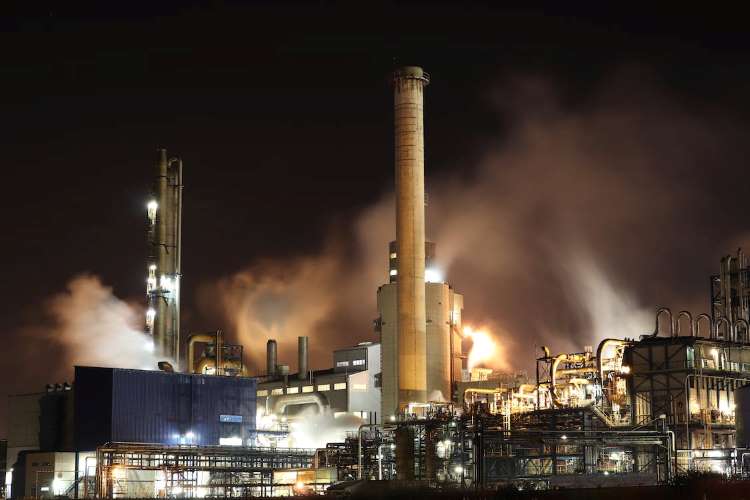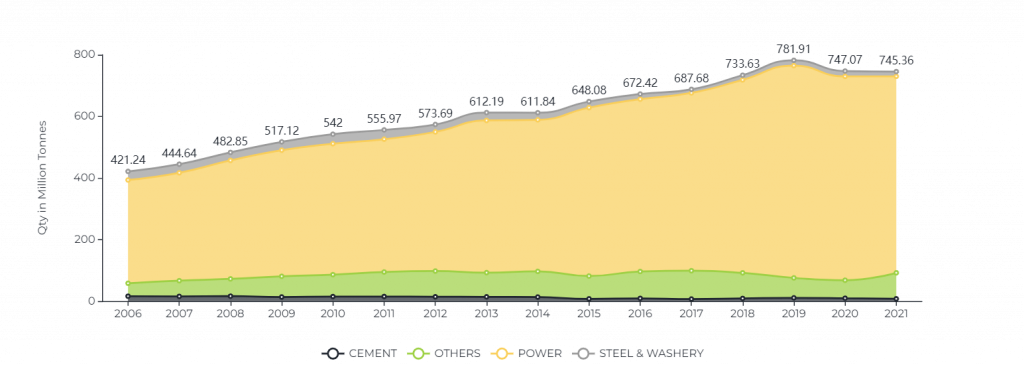
As the world grapples with the urgent need for effective climate action, India’s stance at the COP28 UN climate conference in Dubai brings to the forefront the complexities facing developing countries in their green energy transition. The country’s approach is a nuanced blend of advocating for climate equity while trying to balance its economic development and energy needs. A study of India’s unique position is necessary to understand the intricate dynamics of shifting to clean energy and its implications for sustainable growth and poverty eradication.
India’s representation at COP28 underscores its ambition to voice the concerns of developing nations. The country emphasises equitable sharing of climate action responsibilities, rooted in the disparity between the historical emissions of developed countries and the developmental aspirations of developing nations. The insistence on recognising these differences is vital in framing a fair and just global climate policy. India’s approach challenges the traditional narrative, demanding that wealthier nations acknowledge their larger role in historical emissions and provide adequate support to developing countries in climate mitigation and adaptation efforts.
READ I Global Methane Pledge: Promises unkept, climate action in peril
Straddling economic needs and climate goals
India’s commitment to its nationally determined contributions (NDCs), including increasing non-fossil fuel power capacity, is commendable. However, the country’s stance on not phasing out coal-generated electricity highlights the practical challenges of immediate decarbonisation. The economic and developmental reasons cited for continuing coal usage reflect a broader dilemma faced by many developing nations: how to provide affordable and reliable energy to support economic growth while transitioning to cleaner energy sources. This balancing act is further complicated by India’s substantial coal reserves and the need to address energy poverty.
Sector-wise domestic coal and lignite consumption trend

India’s growth trajectory is marked by a significant reliance on coal, even as it aims to double its coal production by 2030. This reliance is juxtaposed with substantial investments in renewable energy, indicating a dual approach to energy policy. The tension between economic development and environmental protection is central to India’s strategy. While the country cannot ignore its developmental needs, particularly in terms of infrastructure and urbanisation, it also recognises the need to transition to a more sustainable energy mix. This dual approach, though complex, is perhaps a necessary strategy in the short term, considering India’s developmental stage and energy requirements.
Financing the green energy transition
A critical aspect of India’s energy transition is financing. The country’s demand for increased financial support from developed nations is based on the principle of historical responsibility for climate change. The unmet promise of developed countries to transfer $100 billion annually to support developing nations in their green transition highlights the challenges in mobilising adequate resources. This financial gap is a significant barrier for India, which requires substantial investments to meet its ambitious renewable energy targets and manage the economic implications of transitioning from coal.
India’s target of achieving 50% energy from renewables by 2030 is ambitious, considering its current heavy reliance on coal. The challenge lies in simultaneously catering to the country’s burgeoning energy demand, driven by rapid urbanisation and industrialisation, and transitioning to a low-carbon economy. India’s efforts in boosting domestic manufacturing in solar modules and advanced chemistry cell batteries, if successful, could position it as a significant player in the global renewable energy market.
India as a leader of Global South
India’s leadership in representing the Global South at COP28 is pivotal. The country’s stance on allowing developing countries the “carbon space” to meet their development needs is an essential part of the broader climate equity discussion. India’s position highlights the need for a differentiated approach in climate action, where the responsibilities and capabilities of countries are recognised and addressed accordingly.
India’s long-term goal of achieving net-zero emissions by 2070, though later than some developed economies, is a step in the right direction. This target acknowledges the need for a gradual transition that aligns with the country’s developmental goals. It also reflects a pragmatic approach to balancing immediate energy needs with long-term climate commitments.
India’s green energy transition is a complex interplay of growth, equity, and sustainability. While the country’s reliance on coal poses significant challenges, its ambitious renewable energy targets and advocacy for equitable climate action reflect a commitment to a sustainable future. The role of developed nations in supporting this transition through finance and technology transfer is critical. India’s journey offers insights into the challenges and opportunities facing developing countries in climate action. The world must recognise and support these nuanced efforts as part of a collective endeavor to address the climate crisis while respecting the developmental aspirations of all nations.
